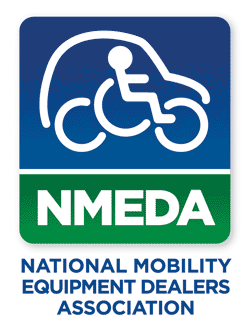
1000 Main St Bridgewater, MA 02324
Call (508) 697-6006 for sales or call (508-697-8324 for 24 hour service.
Email Us: shop@ai1.com
Service - M - F 8:30AM to 4:30PM Sales - M - F 9:00AM to 6:00 PM


| Automotive Innovations | 1000
Main St. Bridgewater, MA 02324 (508) 697-6006 |
||
| New England's Premier Adaptive Dealer. | Certified
Collision & Auto Body Repair Center |
|
|
| Spina Bifida |
Spina Bifida is a congenital defect in which part of one or more vertebrae (the bone structure that surrounds the spinal column), fail, to develop completely, leaving part of the spinal cord exposed. It can occur anywhere on the spine but is most common in the lower back. The severity of the condition depends on how much nerve tissue is exposed. Frequently special adaptations on a vehicle are necessary for independent driving. The person with spina bifida may also have impairments in the ~areas of vision, perception (how the brain interprets what the eyes see) or learning. Adaptive driving equipment is frequently used for physical problems. A spinner knob and hand controls can be used if a person is unable to use either foot for gas or brake. Specialized modifications can also allow a person to transfer to the driver's seat or drive from the wheelchair in a van or minivan. Common factors that can affect safe driving: •Limited range of motion and strength If you or those that drive with you notice any of the above warning signs and need a driving evaluation, give us a call at 508-697-6006 and we can, help you with with knowledge about medical conditions, and help with a comprehensive evaluation and determine your ability to drive. Impact on Driving/Transportation |
 |
Our Location: 1000 Main St Bridgewater, MA 02324 Call (508) 697-6006 for sales or call (508-697-8324 for 24 hour service. Email Us: shop@ai1.com Service - M - F 8:30AM to 4:30PM Sales - M - F 9:00AM to 6:00 PM |
|||
  |
||||